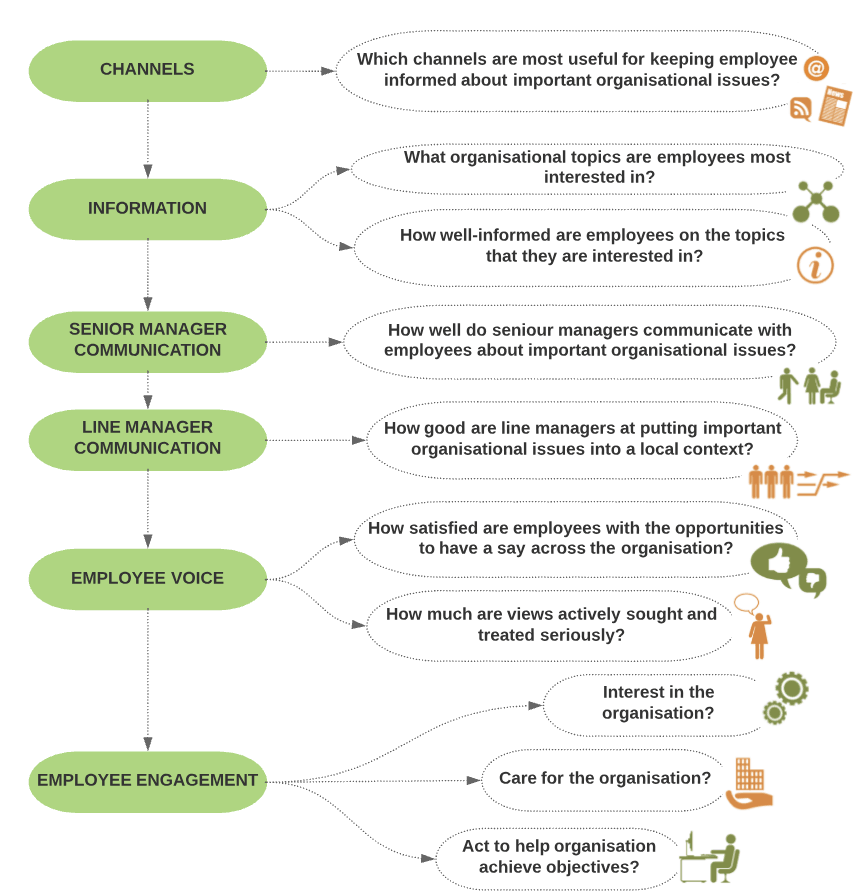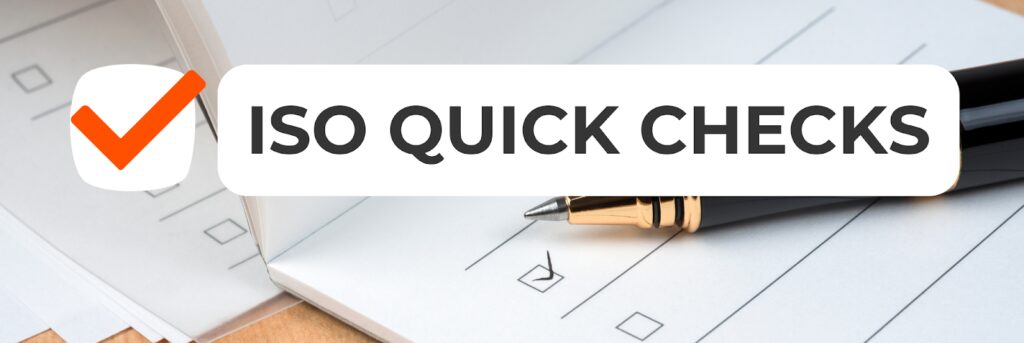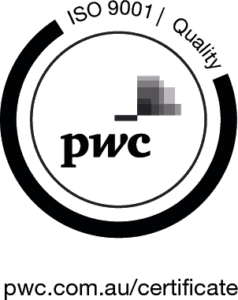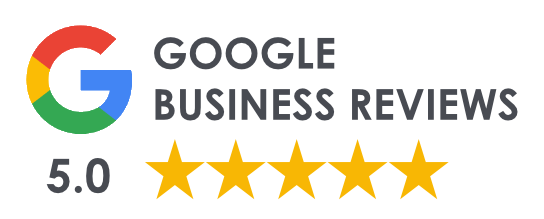How well does your organisation communicate?
How often have you heard the phrase: “It’s not WHAT you say, but HOW you say it”? Good communication skills are what separate a good leader from a bad one. Therefore, having effective communication within an organisation is the KEY to successful leadership.
When you communicate effectively and efficiently with your work team, it helps to avoid issues such as misinterpretations or misunderstandings and encourages a healthy and peaceful environment. Honest and open communication with your team members will also enable you to complete your work tasks faster and more professionally.
These and many more questions should be addressed by your regular internal meetings such as Toolbox talks, Daily HAC (Hazard Assessment and Control) Meetings / Pre-start Meetings, Management Review Meetings, Business Objectives and Targets Planning Meetings, etc.
Types of Communication
Successful organisations might be aware of the Clause 7.4 Communication requirements of the ISO 9001:2015 – Quality Management Systems Standard which states that the organisation should determine the internal and external communications relevant to the management system including what, when, with whom and how to communicate, and who the responsible person for communication is.
Internal Communication occurs within each level of the organisation – including the employees who deliver and implement information, top management and operational employees.
There are three main formats of delivering internal communication such as in person, in writing and visual form. The format is usually determined by any barriers within the business which can include the business technology, software, language issues, employees working outside the office, illiteracy etc.
The key intention of internal communication is to ensure that workers have the information to effectively execute their job.
On the other hand, External Communication occurs with anyone outside the organisation, such as customers, suppliers, subcontractors, service/maintenance providers, stakeholders or board members, for example. External communication should ensure that all relevant business interested parties are appropriately informed of information which is relevant to their interaction with the business.

The benefits of defining a Communications Matrix
One of the easiest ways of formalising the business communication is to create a Communications Matrix. It‘s very likely that you already have quite a few communication processes in your business. However, you may be doing this ad hoc without following any schedule/matrix, which means that you may often forget to communicate to all necessary parties.
The benefits of the Communication Matrix are that it summarises all communication methods and it can be easily reviewed at a macro level to spot any gaps or deficiencies in communication. This matrix can be easily developed in the form of a table with the headings as listed in the section below. Once you’ve done this, the next step is to populate it with all of your current communications that are taking place and use this matrix as your starting point.
Communication Matrix guidelines:

Communication is a truly significant aspect of running a successful business. Developing and effectively implementing a simple structure like a Communications Matrix will enable intentional, relevant, and timely delivery of information.
About the author
Erica is the Managing Director of ISO Certification Experts and ICExperts Academy. She has been helping businesses with their ISO Certification needs for over 20 years. Erica is also a Certified trainer, implementer and auditor for the ISO 9001, ISO 14001, ISO 45001 and ISO 27001 standards. Erica primarily heads up the day-to-day operations of the businesses, and is also a current member of the Standards Australia Committees: QR-008 Quality Systems and ISO 9001 Quality Management Brand Integrity.
All information on this blog site is for informational purposes only. As this information is based on our professional experience, opinion, and knowledge, we make no representations as to the suitability of this information for your individual business circumstances. Especiality Pty Ltd trading as ISO Certification Experts and all related businesses and brands will not be liable for any errors, omissions, legal disputes or any damage arising from its display or use. All information is provided as is, with no warranties and confers no rights.
We will not be responsible for any material that is found at the end of links that we may post on this blog site. The advice, ideas, and strategies should never be used without first assessing your own personal business situation or seeking professional and/or legal advice. Information may also change from time to time to suit industry and business needs, requirements and trends.
















